Cbs Sunday Morning Hydrangeas: The
CBS Sunday Morning Hydrangeas: The Magic of Summer Blooms
Hydrangeas are one of the most popular flowering shrubs in the world, and for good reason. They come in a wide variety of colors, sizes, and shapes, and they can add a touch of elegance and beauty to any garden.
In this blog post, we'll take a closer look at hydrangeas, including their history, different types, and how to care for them. We'll also share some tips from gardening experts on how to get the most out of your hydrangeas.
History of Hydrangeas
Hydrangeas originated in Asia, and they have been cultivated for centuries. The name "hydrangea" comes from the Greek words "hydro" (water) and "angos" (vessel), which refers to the plant's water-storing capacity.
Hydrangeas were introduced to Europe in the 18th century, and they quickly became popular among gardeners. They were first introduced to North America in the early 19th century, and they have been enjoyed by gardeners here ever since.
Different Types of Hydrangeas
There are many different types of hydrangeas, each with its own unique characteristics. Some of the most popular types include:
- Bigleaf hydrangeas (Hydrangea macrophylla): These hydrangeas are known for their large, showy blooms. They come in a variety of colors, including blue, pink, and white. Bigleaf hydrangeas prefer partial shade and moist soil.
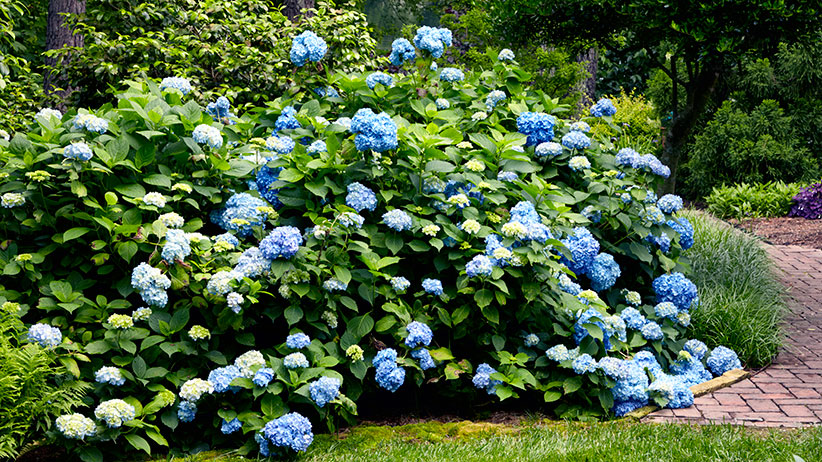
- Mophead hydrangeas (Hydrangea macrophylla): These hydrangeas are a type of bigleaf hydrangea. They are named for their large, mop-like blooms. Mophead hydrangeas are the most common type of hydrangea in the United States.
- Panicle hydrangeas (Hydrangea paniculata): These hydrangeas are known for their tall, upright blooms. They come in a variety of colors, including white, pink, and purple. Panicle hydrangeas prefer full sun and well-drained soil.
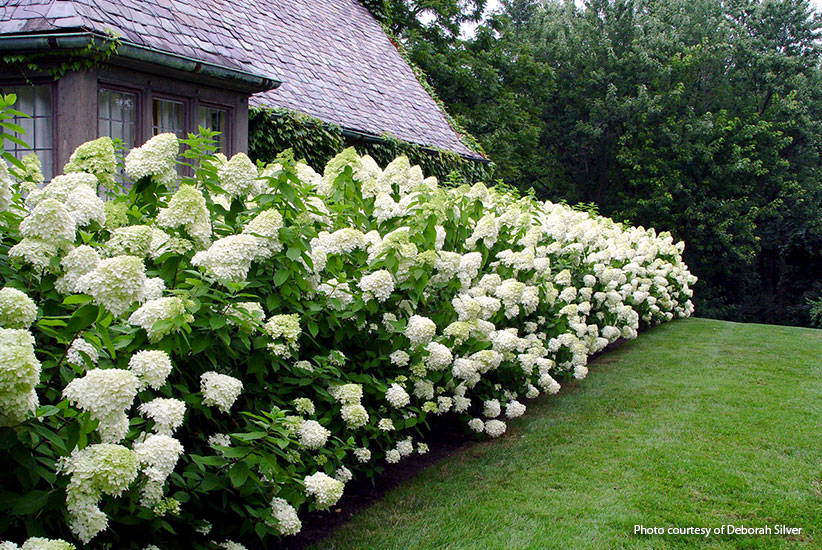
- Oakleaf hydrangeas (Hydrangea quercifolia): These hydrangeas are known for their large, oak-shaped leaves. Their blooms are smaller than those of other types of hydrangeas, but they are often a deep blue color. Oakleaf hydrangeas prefer partial shade and moist soil.
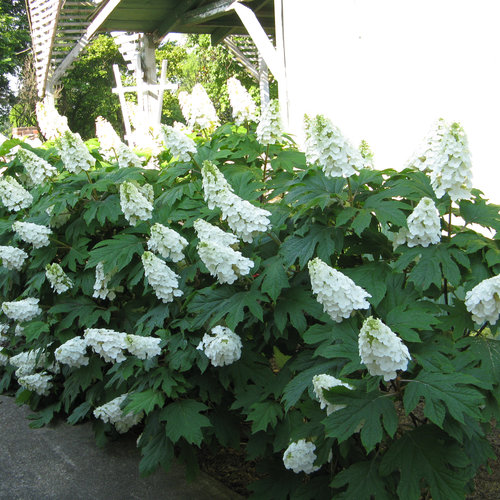
- Smooth hydrangeas (Hydrangea arborescens): These hydrangeas are known for their smooth, glossy leaves. Their blooms are smaller than those of other types of hydrangeas, but they are often a bright white color. Smooth hydrangeas prefer full sun and well-drained soil.

Caring for Hydrangeas
Hydrangeas are relatively easy to care for, but they do require some specific conditions in order to thrive. Here are some tips on how to care for your hydrangeas:
- Water regularly. Hydrangeas need moist soil, so water them deeply and regularly, especially during hot, dry weather.
- Fertilize in spring. Apply a balanced fertilizer to your hydrangeas in the spring to help them flower.
- Prune in late winter or early spring. Prune your hydrangeas to remove dead or damaged branches and to shape the plant.
- Protect from frost. If you live in a cold climate, you may need to protect your hydrangeas from frost by covering them with a burlap sack or other protective material.
With proper care, your hydrangeas will reward you with beautiful blooms for many years to come.
Conclusion
Hydrangeas are a beautiful and versatile addition to any garden. With so many different types to choose from, you're sure to find the perfect hydrangea for your needs. And with proper care, your hydrangeas will thrive for many years to come.
If you were recently inspired by the hydrangeas featured on CBS Sunday Morning, you're in luck! There's a wealth of information available online about these beautiful flowers.
One great resource is . This website has a comprehensive directory of hydrangea varieties, as well as detailed information on how to care for them. You can also find helpful articles on topics such as hydrangea pruning, repotting, and pest control.
In addition to , there are many other websites that offer information about hydrangeas. A quick Google search will turn up dozens of results. So whether you're a beginner or a seasoned hydrangea enthusiast, you're sure to find the information you need online.
But don't just take my word for it! The best way to learn about hydrangeas is to see them in person. If you live in the northeastern United States, you can visit the Cape Cod Hydrangea Festival in Sandwich, Massachusetts. This annual event features over 100 different varieties of hydrangeas, as well as educational workshops and demonstrations.
So what are you waiting for? Start exploring the world of hydrangeas today!
FAQ of cbs sunday morning hydrangeas
- What are the different types of hydrangeas?
There are two main types of hydrangeas: macrophylla and paniculata. Macrophylla hydrangeas are the most common type and are known for their large, showy blooms. They come in a variety of colors, including blue, pink, purple, and white. Paniculata hydrangeas are known for their tall, airy blooms. They typically bloom in white or pink, but can also be found in other colors, such as red and orange.
- What are the best conditions for growing hydrangeas?
Hydrangeas prefer full sun to partial shade and well-drained soil. They are relatively drought-tolerant once established, but they do benefit from regular watering. Hydrangeas are also heavy feeders, so they should be fertilized regularly.
- How do I care for hydrangeas during the winter?
In colder climates, hydrangeas may need to be protected from frost. You can do this by covering the plants with a burlap sack or frost cloth. You may also need to water the plants more frequently during the winter months.
- How do I deadhead hydrangeas?
Deadheading is the process of removing spent blooms. This can help to encourage new growth and prevent the spread of disease. To deadhead hydrangeas, simply pinch off the spent blooms at the base of the flower cluster.
- How do I propagate hydrangeas?
Hydrangeas can be propagated by taking cuttings or dividing the roots. To take cuttings, simply cut a healthy stem from the plant and remove the lower leaves. Dip the cut end of the stem in rooting hormone and plant it in a pot of well-draining soil. Keep the soil moist and the cutting in a warm, sunny location. To divide the roots, dig up the plant and carefully separate the roots into two or more clumps. Replant the clumps in separate pots or in the ground.
Image of cbs sunday morning hydrangeas
5 different images of "cbs sunday morning hydrangeas" from pinterest.com:
- Hydrangeas in bloom in front of the CBS Sunday Morning studio in New York City.

- A close-up of a hydrangea flower, showing its delicate petals and blue color.

- A cluster of hydrangeas in a vase, arranged in a beautiful bouquet.
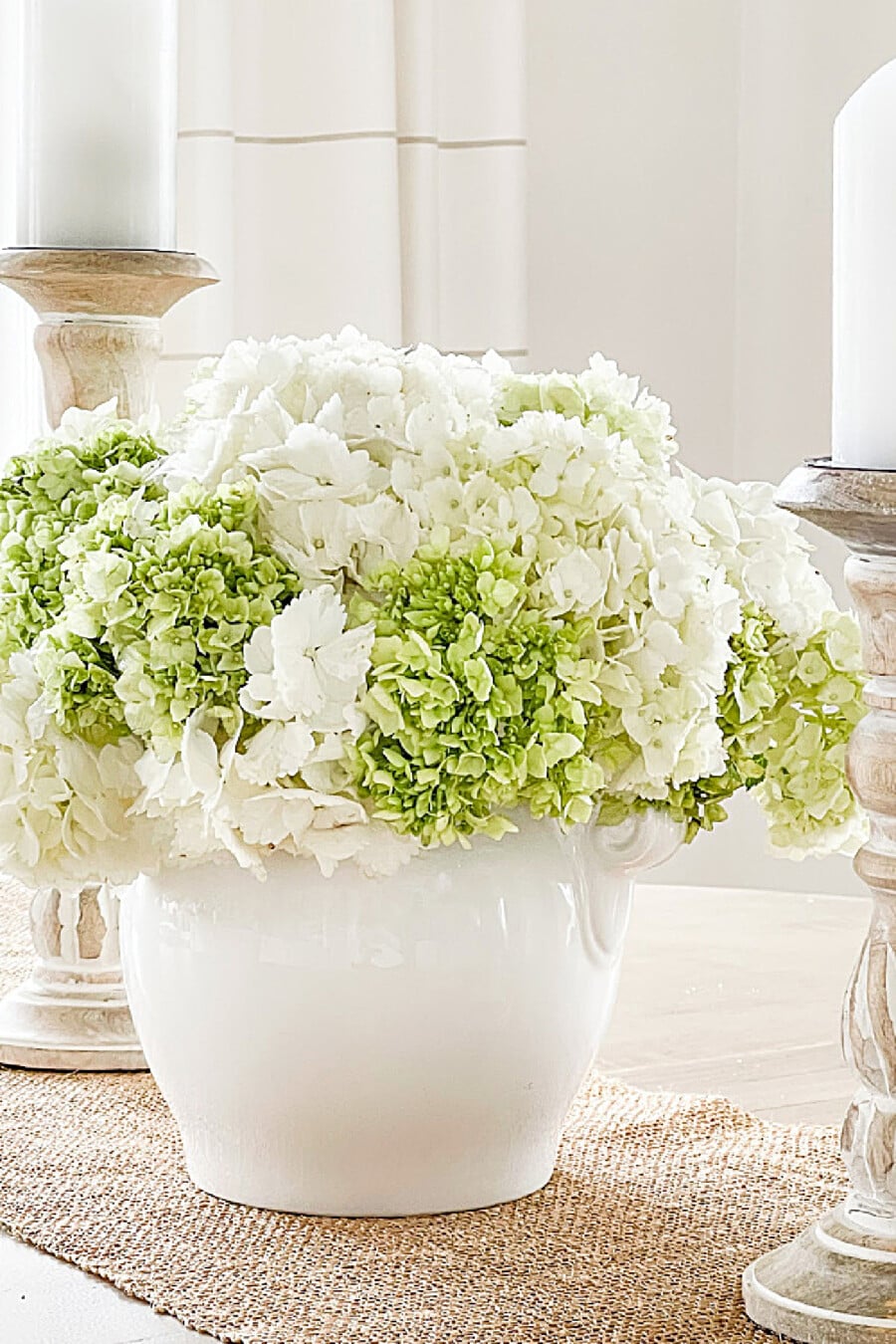
- A hydrangea trellis, covered in blooms of various colors.
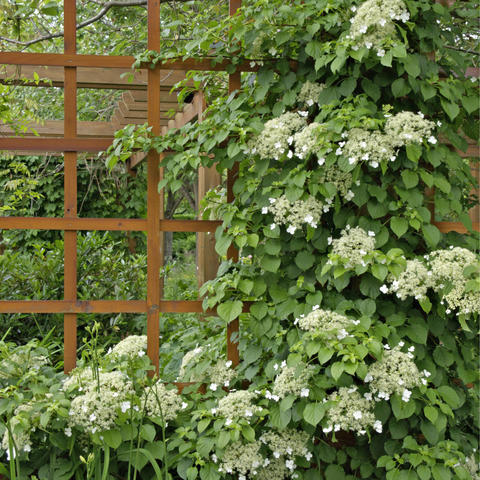
- A hydrangea hedge, providing a colorful backdrop for a garden.
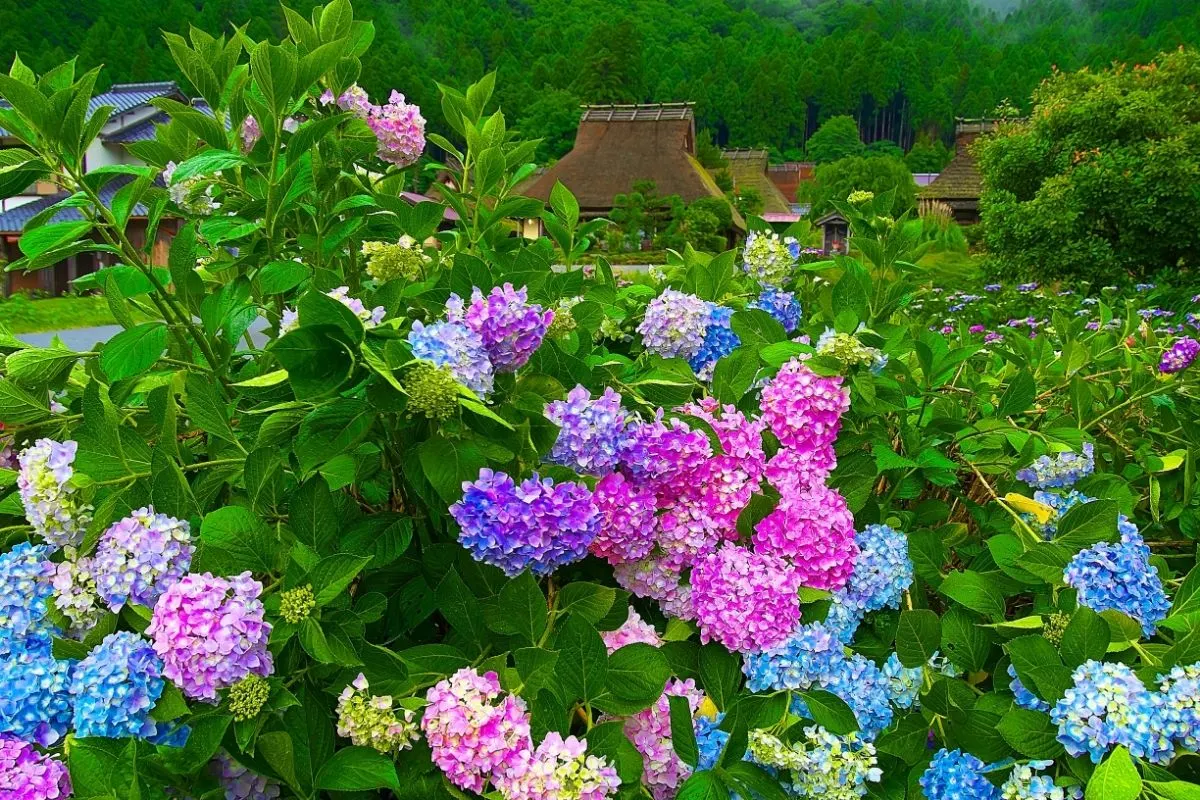
Post a Comment for "Cbs Sunday Morning Hydrangeas: The"